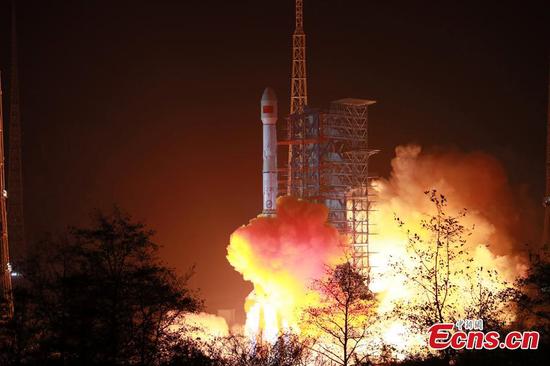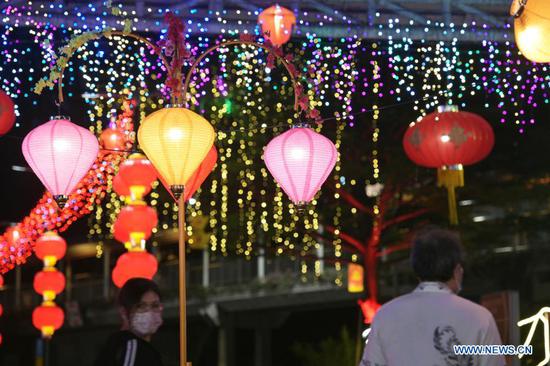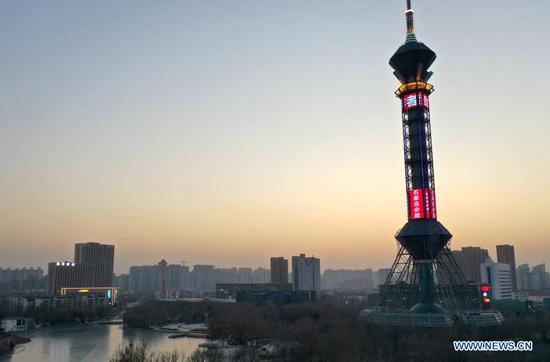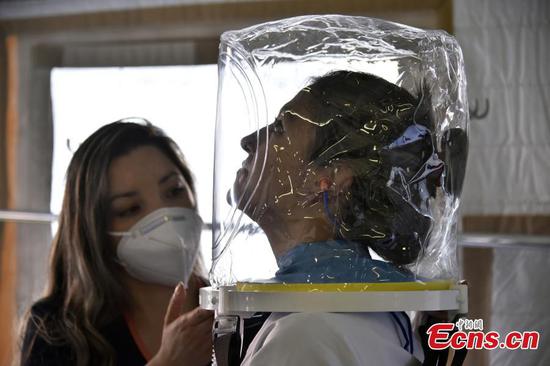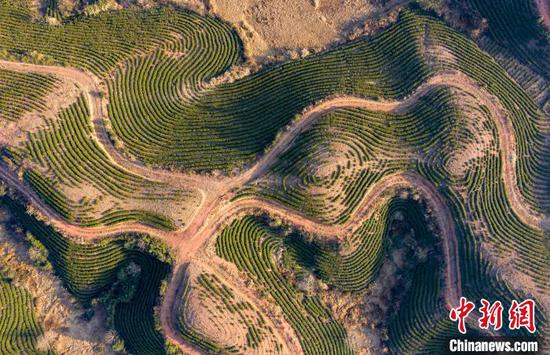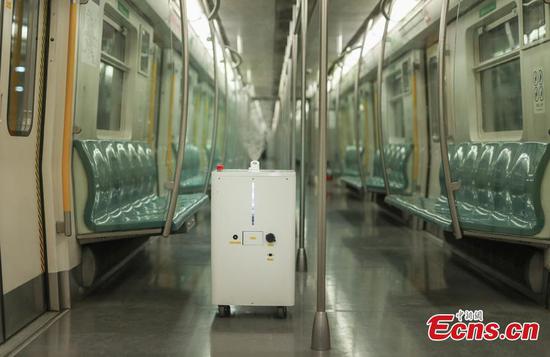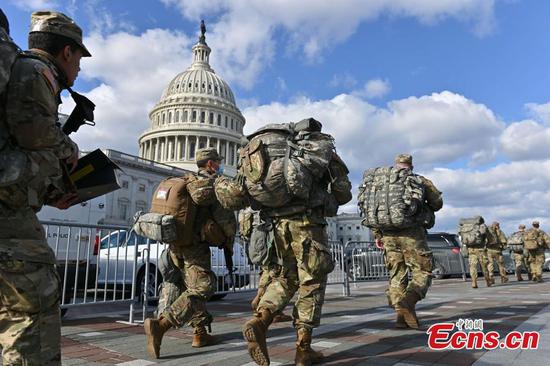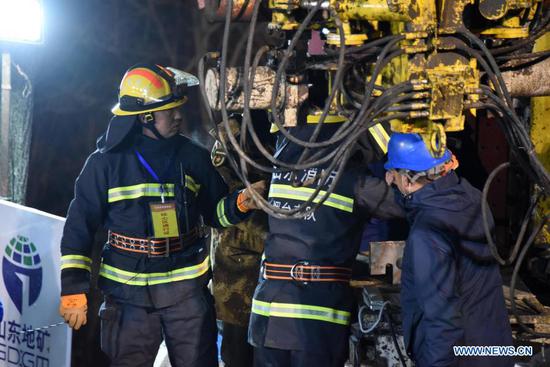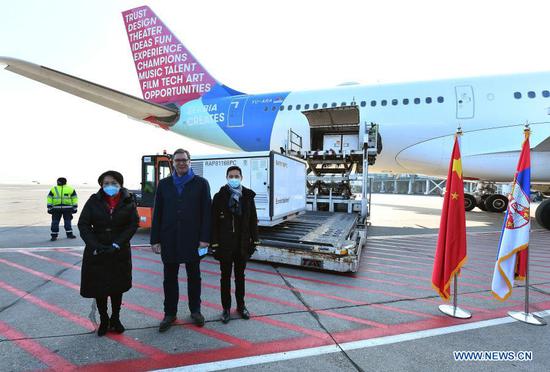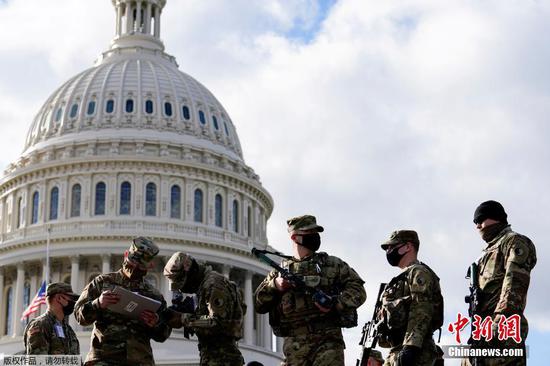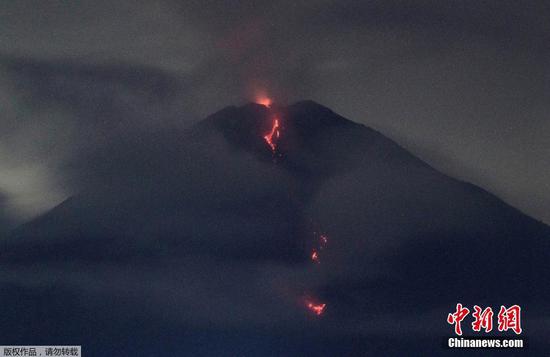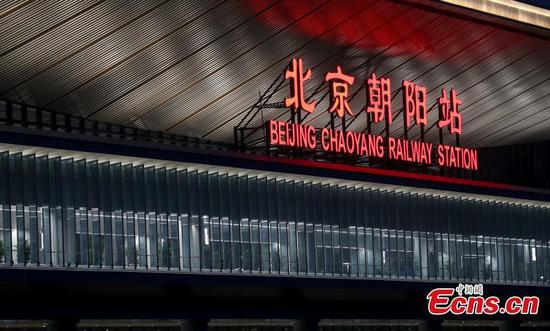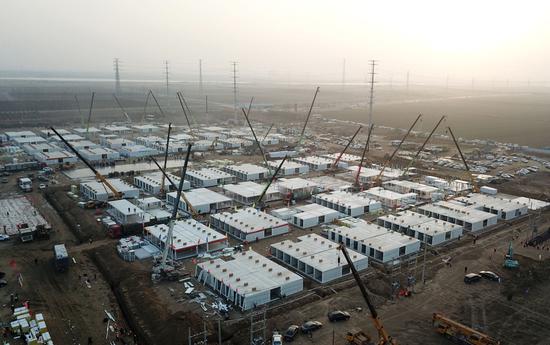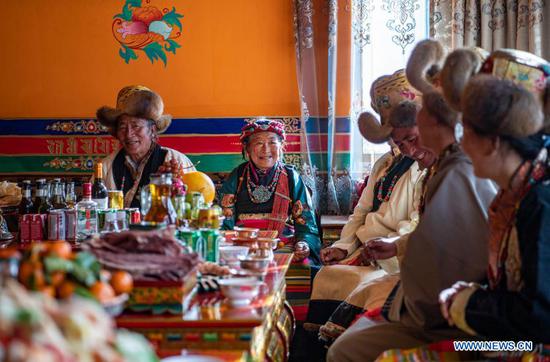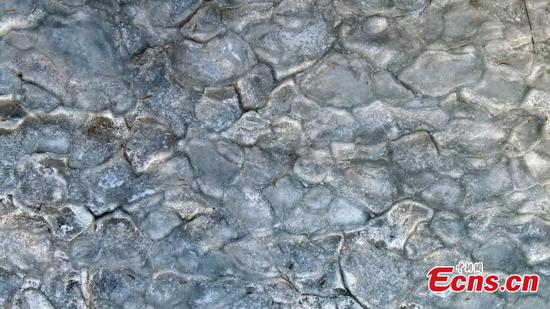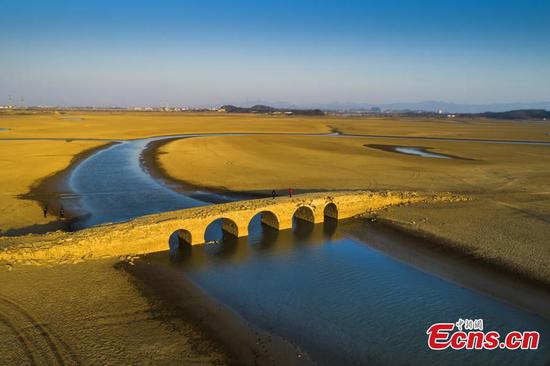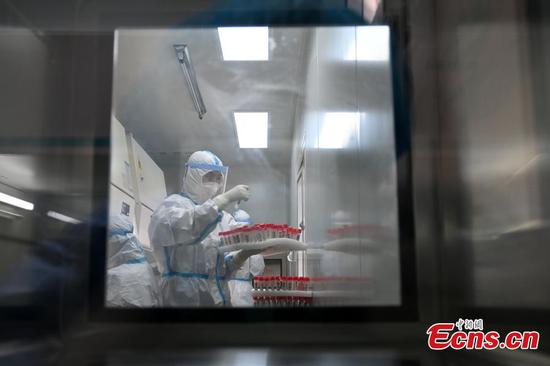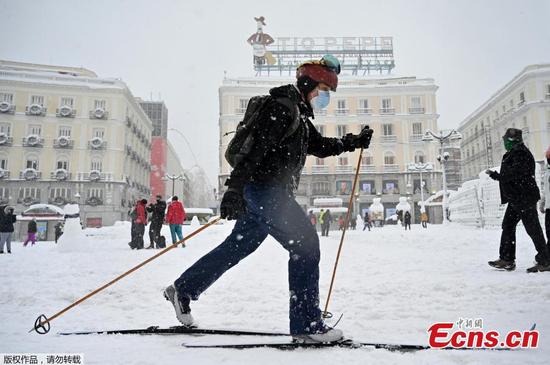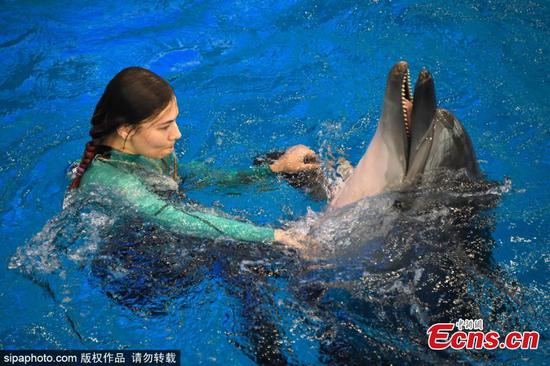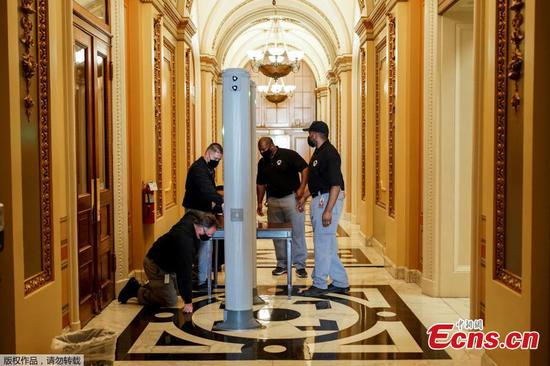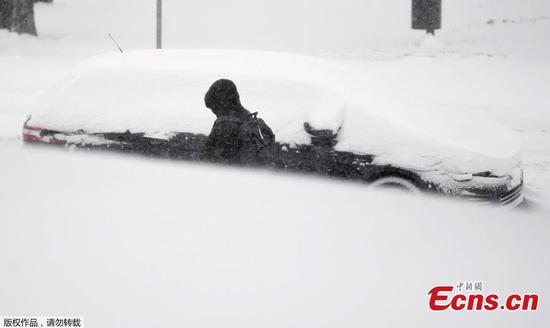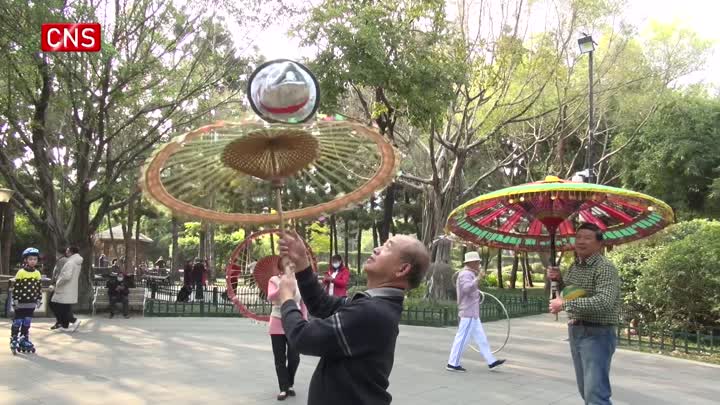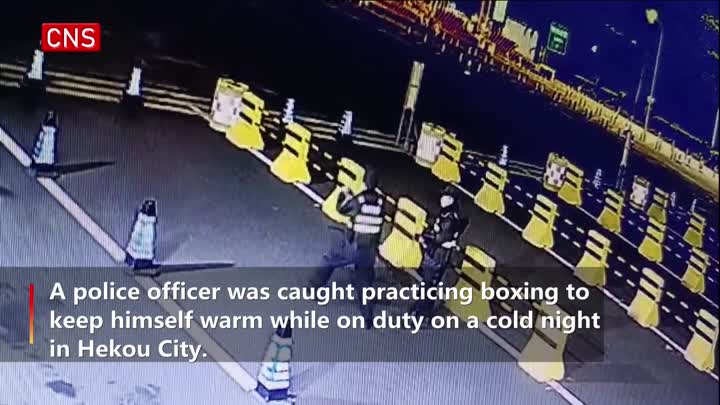
Children play in Dove Lane, in the old town of Tuancheng in Hotan, Xinjiang Uygur autonomous region. (Photo/Xinhua)
Report accused of wrongly identifying civil institutions as detention centers
Using satellite images to prove the existence of detention centers in the Xinjiang Uygur autonomous region is "absurd" and "misleading", a regional government spokesman said on Saturday.
Some overseas think tanks have made sensational deductions by simply studying satellite images of Xinjiang, Ilijan Anayt told a news conference in Urumqi, the regional capital. In a report titled "Documenting Xinjiang's Detention System" by the Australian Strategic Policy Institute, buildings with outer walls were all considered detention centers, he said.
"As a matter of fact, they are just civil institutions," Ilijan said.
The "detention center" in the city of Turpan mentioned in the report is a local administrative building, and the "detention centers" in Kashgar prefecture are care homes, logistics parks and high school buildings, he said while presenting photos of the buildings that were alleged to be detention centers or forced labor venues.
"So-called independent think tanks like ASPI are not academic research centers, but anti-China tools manipulated by the United States government," Ilijan said.
Their "research" is simply subjective fabrication filled with preconceptions and hostility. Their sources and clues are from US anti-China NGOs or unverifiable and untraceable "eyewitness evidence", he explained.
"They even used interactive maps as satellite images, which is quite absurd, and even the Australian academic circle thinks their research has no academic value," Ilijan said, adding that Xinjiang is open so there is no need to learn about it through satellite images.
For some years, Xinjiang has been a victim of terrorism and religious extremism. According to preliminary statistics, between 1990 and the end of 2016, separatists, religious extremists and terrorists plotted and carried out several thousand acts of terrorism, resulting in the deaths of a large number of innocent civilians.
To tackle the problem at the roots, Xinjiang has set up vocational education and training centers since 2014 in accordance with the law to offer deradicalization programs to those influenced by religious extremism and terrorism. The US government and some Western media then started to accuse China of setting up a "large-scale detention program targeting people from certain ethnic groups" by quoting research from anti-China think tanks.
On Saturday, graduates of the centers also refuted claims that trainees are subjected to forced brainwashing and labor, abuse and even sexual assault.
The regional government announced in December that all trainees taking part in the deradicalization program had graduated.
"My classmates and I have never experienced things like that, nor even heard of it," Mukerem Memet, a graduate from the center in Hotan county, Hotan prefecture, said in reply to a question from a reporter working for a foreign media outlet. "Those unsubstantiated allegations are fabricated. If we were tortured mentally and physically, how could I meet and talk with you like this today?"
With the computer skills he learned at the center, Mukerem soon found a job after graduation. His family also find him more outgoing than before and feel happy for him, he said.










